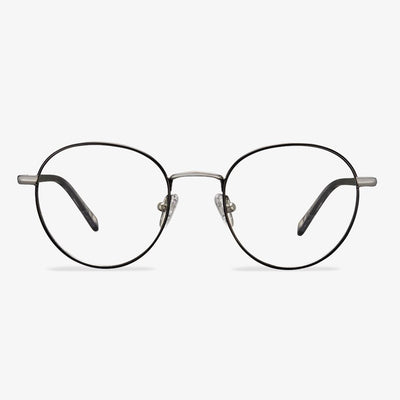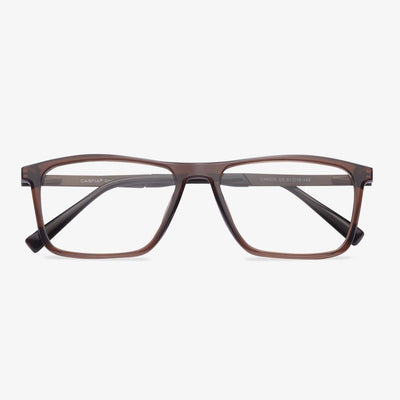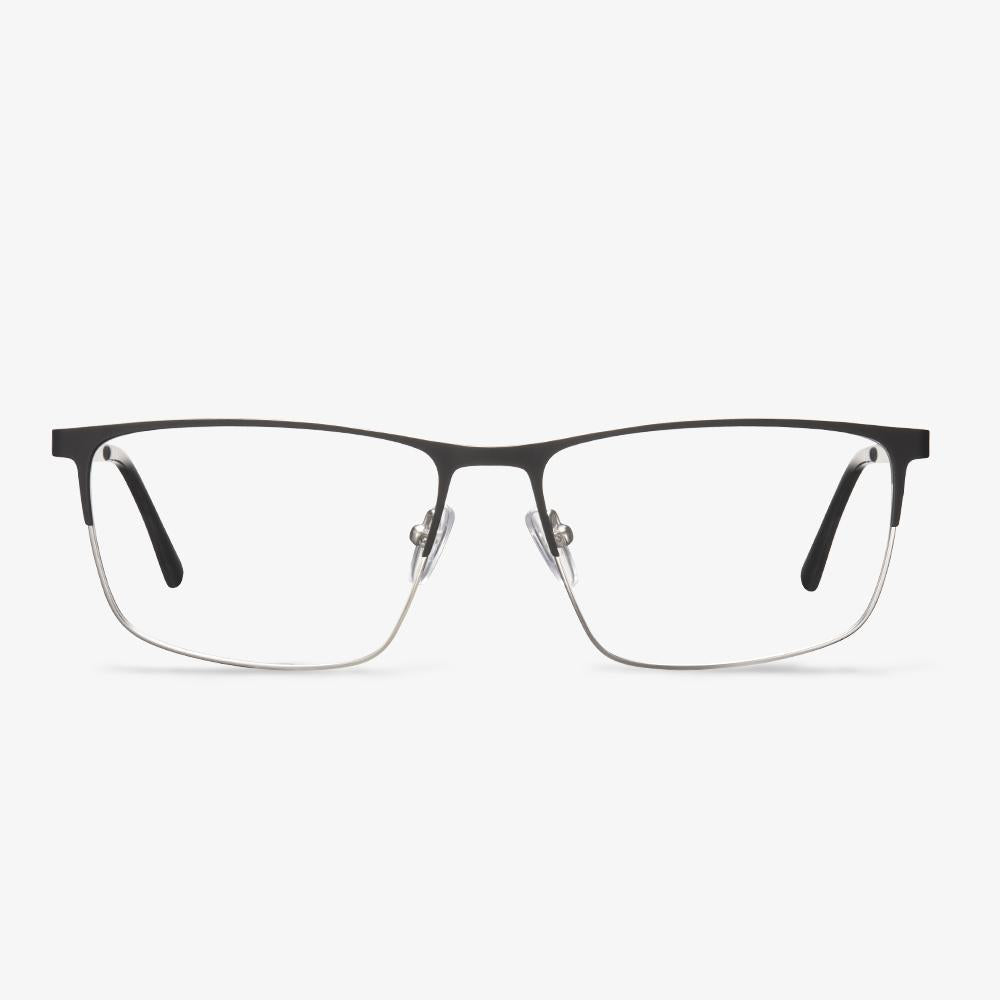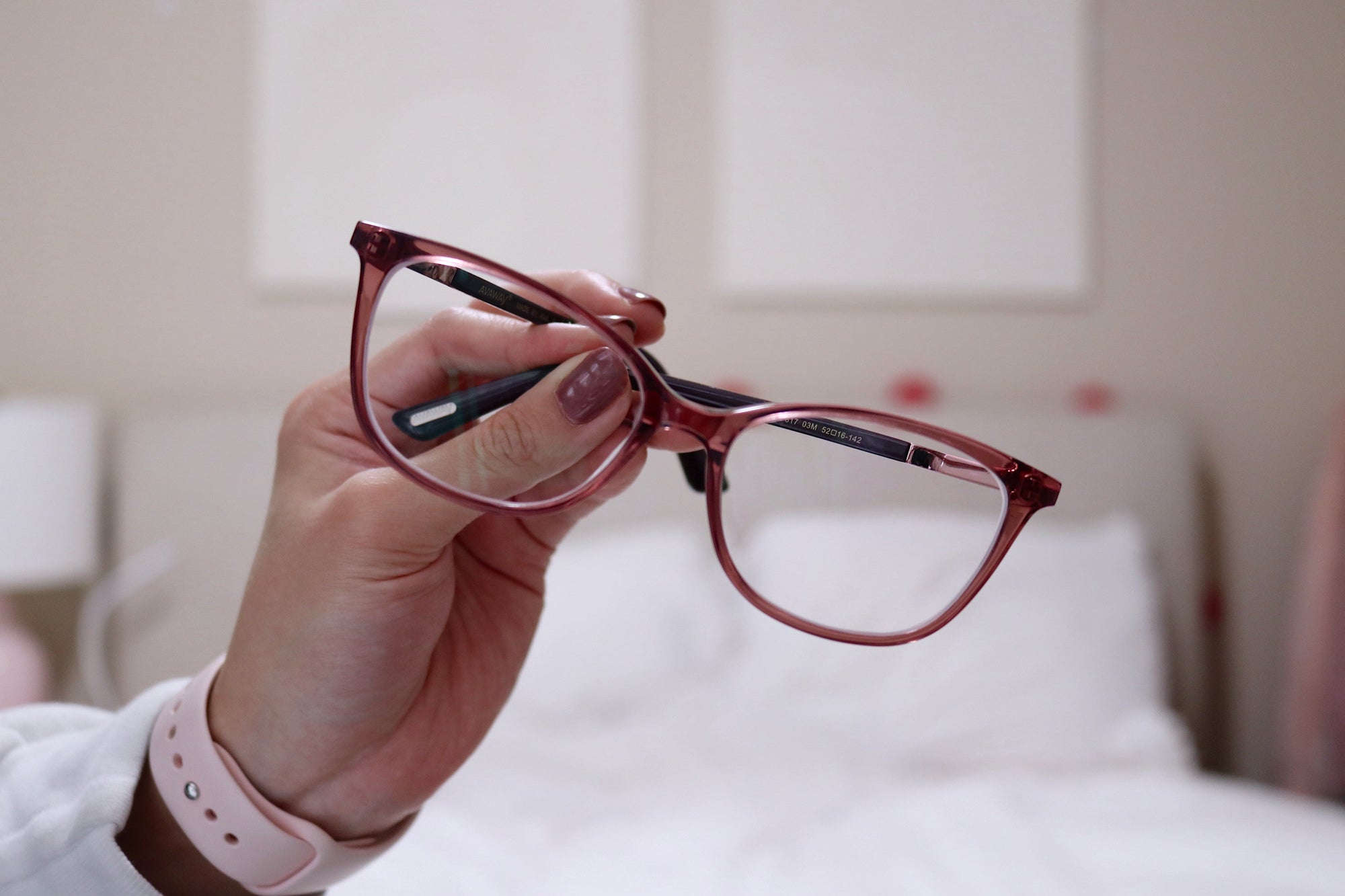Can you wear blue light glasses while driving?
The damage of blue light has a cumulative effect. The longer the exposure time is, the more serious the damage of retinal cells will be, which will eventually lead to irreversible damage of the structure and function of the retina. Once the retina has permanent damage, degeneration will directly affect the metabolism and function of photoreceptor cells, resulting in vision loss. It depends on the glasses you're wearing. The function of anti-blue light glasses depends on the material of the glasses. Some blue light glasses have a special anti-reflective coating, which can reduce glare. These glasses are definitely helpful when driving at night.
Transitions® Photochromic Lenses
When you step outside, it immediately begins to darken. The lenses help prevent harmful blue light from digital devices, screens, and sunlight to help reduce glare and prevent eye strain. They have the function of 100% UV blocking,anti-reflection treatment with blue light protection. They can constantly adapt to changing daylight conditions to reduce excess light and optimize color contrast and polarized light to prevent dazzle. They filter out excess light to provide maximum comfort. And provide high contrast and minimize glare. They provide increased color recognition and depth perception.
What are optical frame glasses?
Optical glasses are transparent medium lenses. A pair of glasses usually consists of a lens, lens ring, nose pad, and temple, etc. The main materials are metal, plastic or resin, natural materials, etc. Through the refraction of the light, the central target can be clearly seen, thus playing a role in vision correction for the eyes with refractive abnormality.
How to drive at night with glasses?
Far-light is easy to cause blind spots for drivers of opposite vehicles, and it is possible to cause traffic accidents when driving in the cities. In the process of driving, if the driver encounters the situation that a high beam disrupts the line of sight, can turn the eye in the left or right direction, avoid light sources, and allow your eyes to gradually adapt to the other person's light source. If you can't see clearly, slow down or even pull over.
Anti-reflection Coating
Anti-reflection Coating, known as reflective coating and antireflection film, is called anti-reflection coating in English, or AR Coating for short. Initially, anti-reflection coating technology was used in the sights of weapons. It was only after the war that the technique was used to improve the performance of eyeglasses. Another problem occurs when taking pictures because the lens's surface is relatively reflective. The resulting photos don't show the eyes of friends who wear glasses. This problem is solved by plating anti-reflection film.
Titanium frame machining is complicated.
The elastic modulus of titanium alloy is small, which is easy to produce large deformation, springback, distortion, and vibration in cutting, resulting in poor geometric shape and accuracy of the workpiece. As the surface roughness increases, the tool wear increases. The thermal conductivity of titanium alloy is poor and its thermal conductivity is small, 1/6 of that of 45 steel, so the high heat generated in processing cannot be effectively diffused. It is even harder to use titanium to make glasses. The frames are very thin and a lot of fine work is demanded. It's definitely a challenge for titanium, which is pretty difficult to work with. In addition, titanium alloy frames involve titanium alloy welding technology, which is more difficult.
Joanie
Wrapped in a rich, multicolored opaque pattern in creamy pale pink, Joanie Reading Glasses features a square frame that is a statement of personality. As part of Foster Grant's Modera series, these frames give your makeup just the right amount of color and gloss. The spring-hinged temple provides a comfortable feel suitable for all-day wear.











































